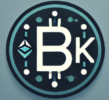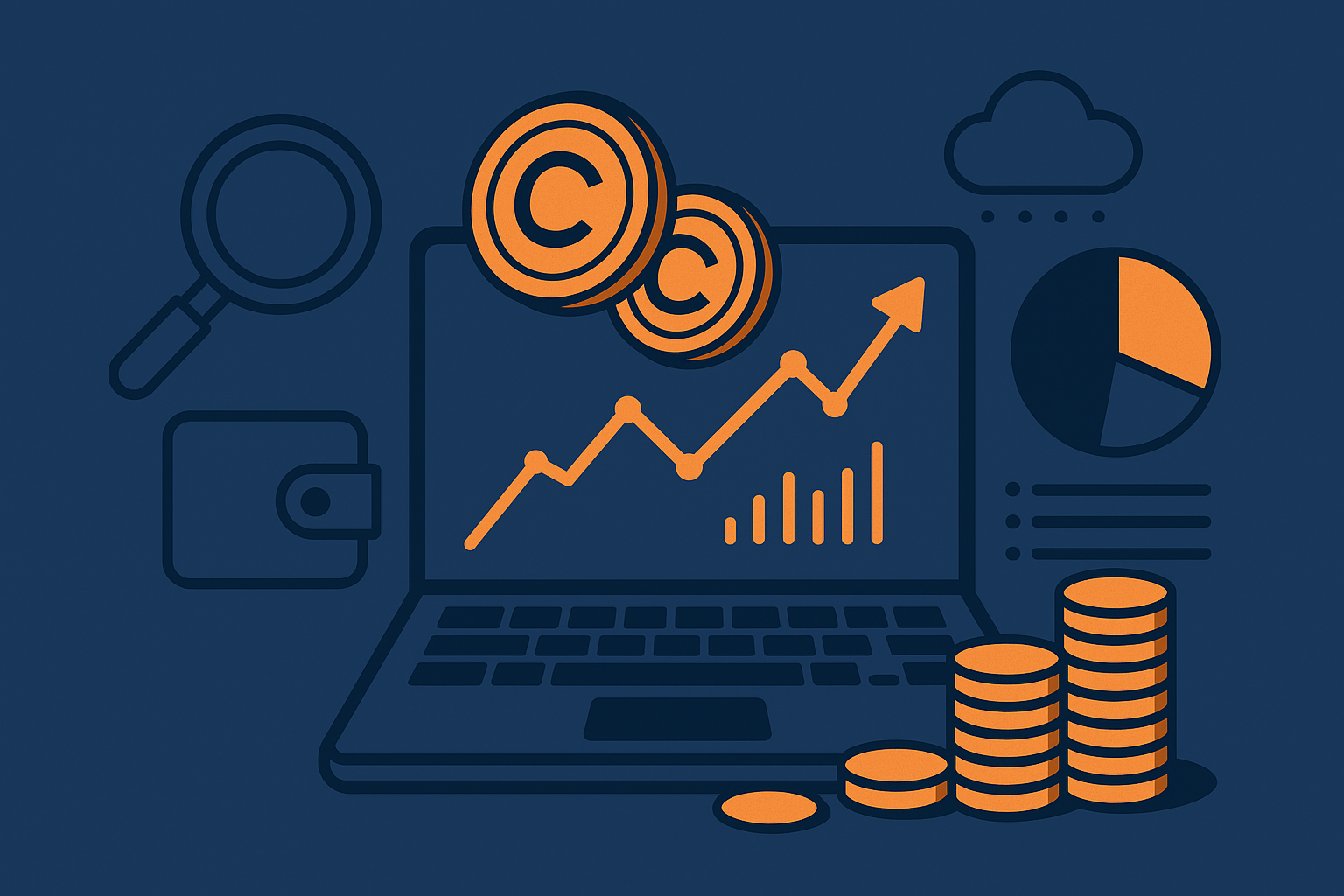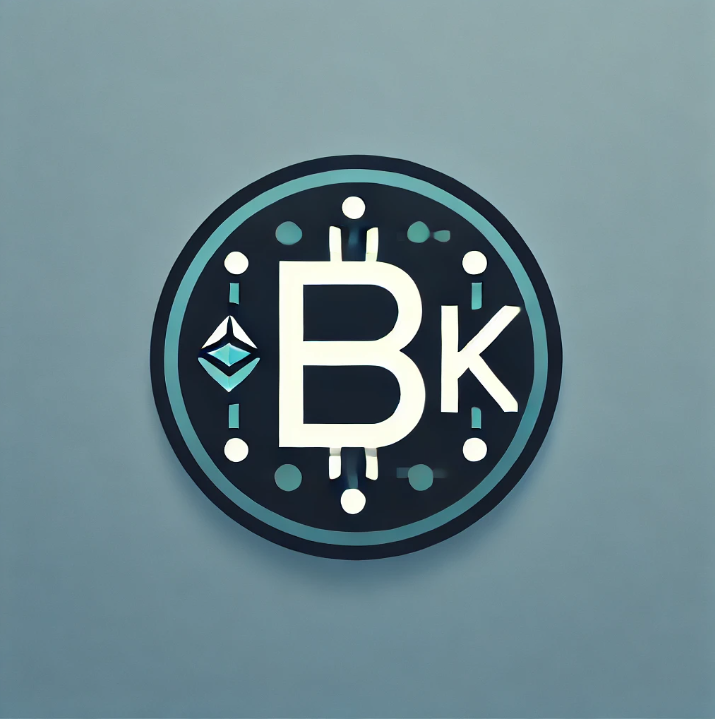Decode wallets. Read the chain. Monetize your insights.
🧠 What Is Blockchain Analytics?
Blockchain analytics is the process of tracking, interpreting, and extracting valuable information from on-chain data—think wallets, transaction history, token flows, and smart contract interactions.
Unlike traditional finance, where data is hidden behind institutions, the blockchain is open. Anyone can access it. The trick is knowing how to make sense of it—and how to profit from what you learn.
💰 Ways People Are Earning From Blockchain Analysis
Let’s break down the top ways crypto sleuths are getting paid:
1. Wallet Tracking and Whale Watching
Whale wallets—those holding millions in crypto—often move markets. By tracking when these wallets buy, sell, or bridge tokens, on-chain sleuths can spot trends before they go mainstream.
How they earn:
- Trade based on whale activity
- Share signals via paid Telegram groups or Twitter accounts
- Create NFT collections or tokens associated with whale insights
2. Building and Selling Dashboards
Power users are building public or private dashboards using tools like Dune, Nansen, or Flipside to:
- Visualize token velocity, gas fees, staking behavior
- Monitor DeFi protocol health
- Track DAO governance
How they earn:
- Charge subscriptions for premium dashboards
- Earn community bounties for helpful dashboards
- Get hired by protocols to build internal analytics
3. Frontrunning Smart Contract Activity (Legally)
Some users monitor mempools and contract events to spot alpha before others:
- New token listings
- NFT mint waves
- Liquidity pool creation
How they earn:
- Get in early on mints or airdrop-eligible protocols
- Automate strategies using bots triggered by contract events
- Trade tokens seconds after influential wallets interact with them
This requires speed, but not necessarily coding—you can use tools like Etherscan alerts, Telegram bots, and Zapier with APIs.
4. Running Reports for DAOs and Startups
DAOs and crypto startups often need analysts to:
- Summarize protocol performance
- Visualize growth metrics
- Track wallet engagement over time
How they earn:
- Contracted analytics roles (paid in tokens or stablecoins)
- Bounties for reporting or visualizing specific metrics
- Ongoing contributor grants
Many DAOs use contributor platforms to fund on-chain reporting projects, even without formal experience.
5. Creating Alpha Newsletters or Twitter Threads
Some on-chain detectives gain massive followings by publishing:
- Wallet trace investigations
- Token swap breakdowns
- “Mystery mint” deep dives
- Portfolio reveals of known influencers
How they earn:
- Paid newsletter subscriptions
- Sponsored token or protocol mentions
- Affiliate referrals to tools or exchanges
The more consistent and accurate the insights, the more monetizable your audience becomes.
6. Airdrop Hunting Using Data Intelligence
Instead of random participation, smart airdrop hunters:
- Analyze contract interactions and user behavior trends
- Identify likely airdrop criteria before they’re public
- Farm interactions in targeted, efficient ways
How they earn:
- Qualify for valuable airdrops with minimal risk
- Sell guides or bots that optimize interactions
- Consult for others looking to farm smarter
This is part analytical, part predictive—rewarding users who know how to think like a protocol dev.
🧪 Tools of the Trade
You don’t need to be a dev to get started—but knowing where to look matters.
No-Code Friendly Platforms:
- Dune: Build charts and dashboards from SQL queries
- Flipside: Free queries and templates for data across multiple chains
- Nansen: Premium wallet and token tracking
- Etherscan: Manual exploration of transactions, contracts, and logs
- Zapper & DeBank: Great for exploring DeFi and wallet histories visually
🛠️ Beginner-Friendly Tactics
If you’re just starting out, try this:
- Pick a Niche
DeFi, NFTs, meme tokens, DAOs—choose one area to focus your analysis. - Track a Wallet
Find a public wallet that belongs to a dev, whale, or influencer. See what they’re buying, minting, or staking. - Document What You See
Create short posts, threads, or dashboards summarizing what you’ve uncovered. Publish them consistently. - Offer Insights
Add commentary—not just raw data. Why does a token swap matter? What trend might follow? - Experiment with Bounties
Contribute to DAO bounty boards offering rewards for dashboards, analytics reports, or governance insights.
⚖️ Risks and Ethics
- Don’t share doxxed wallet info or personal identities.
- Never leak contract exploits—report them responsibly.
- Know your jurisdiction’s stance on frontrunning and MEV.
- Avoid paid shilling disguised as “analysis.”
Transparency is a superpower—but misused, it becomes surveillance. Stay ethical.
📊 Summary Table
| Strategy | Tools Needed | Income Potential |
|---|---|---|
| Whale Wallet Tracking | Etherscan, Nansen | Medium–High (signals) |
| Dashboards & Reports | Dune, Flipside | High (consulting, bounties) |
| Airdrop Hunting | Block explorers, Telegram bots | Medium (sporadic) |
| Contract Frontrunning | Mempool monitors | High (advanced) |
| Twitter Threads & Newsletters | Any + insight | Low–High (scales fast) |
| DAO Analytics & Governance | Custom research | Medium (reputation-based) |
🔥 Final Thought: The Chain Pays Attention to Those Who Pay Attention
Blockchain analytics isn’t just a backend skill—it’s a way to interpret, anticipate, and participate in crypto’s evolution. If you’ve got an eye for patterns, a love of puzzles, or a journalistic curiosity, on-chain sleuthing could be your edge.
As the Web3 space grows, projects will keep paying those who help them see clearly. So pick a wallet, follow a trend, dig into a DAO—there’s alpha waiting to be found, and income ready to be earned.




